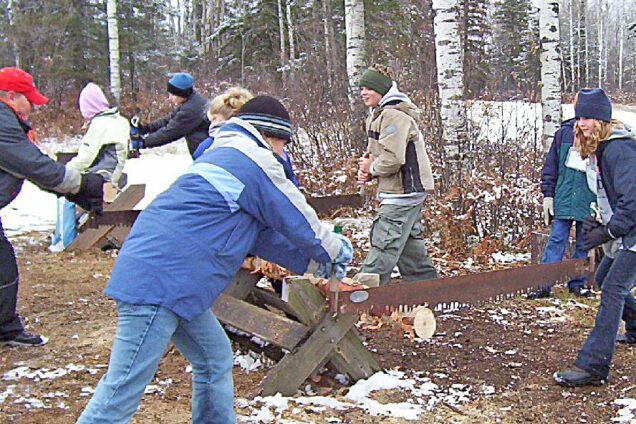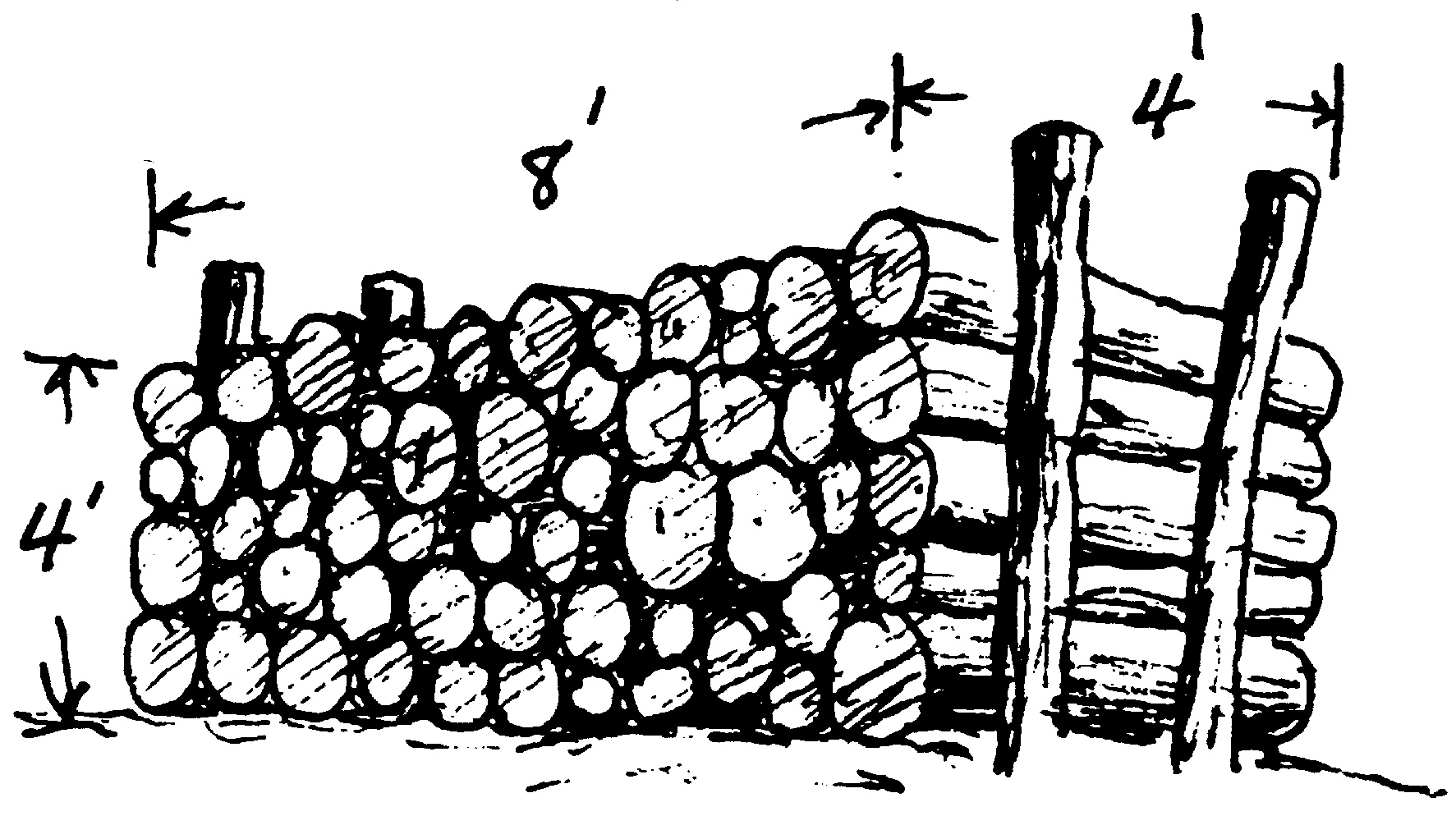Class Details
3 Hours
4th Grade to Adult
hard

Describe the complexity in a forest ecosystem and how humans interact with it.
Based in the unique Forest Ecology Building, students will travel through the woods gaining a balanced appreciation of both the living forest and wood as a harvested resource. Field work may involve planting, brushing around seedlings, and bud capping. Students will be challenged to make a simple forest management plan and choose ways to manage personal consumption to maintain forest sustainability.
This is an all-day class (with lunch served at the Forest Ecology Building) paired with either Stream Study, Fisheries Management, Beavers, Animal Signs, or Cross-country Skiing. One adult is recommended to accompany this class.
Concepts
- A complex natural system is more adaptable than a simple one and is more able to absorb disturbances.
- A growing human population is making increasing demands on natural resources.
- Disturbance can change species mix, structure, and succession in a forest.
- Disturbance is important for maintaining complexity, wildlife habitat, and biological diversity in forests.
- Nature knows best. Humans can mimic natural processes to restore or enhance habitats.
Outcomes
- Identify the major tree species at Wolf Ridge.
- Define and use at least seven of the following forestry terms: cord, acre, plantation, succession, ecosystem, pioneer species, snag, diversity (age and species), disturbance, clearcut, selective cut, erosion, habitat, pollution, sustainable.
- Demonstrate silvicultural practices such as releasing, bud capping, and crosscut sawing.
- Choose ways to manage personal consumption in order to maintain forest sustainability.

